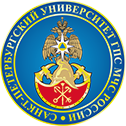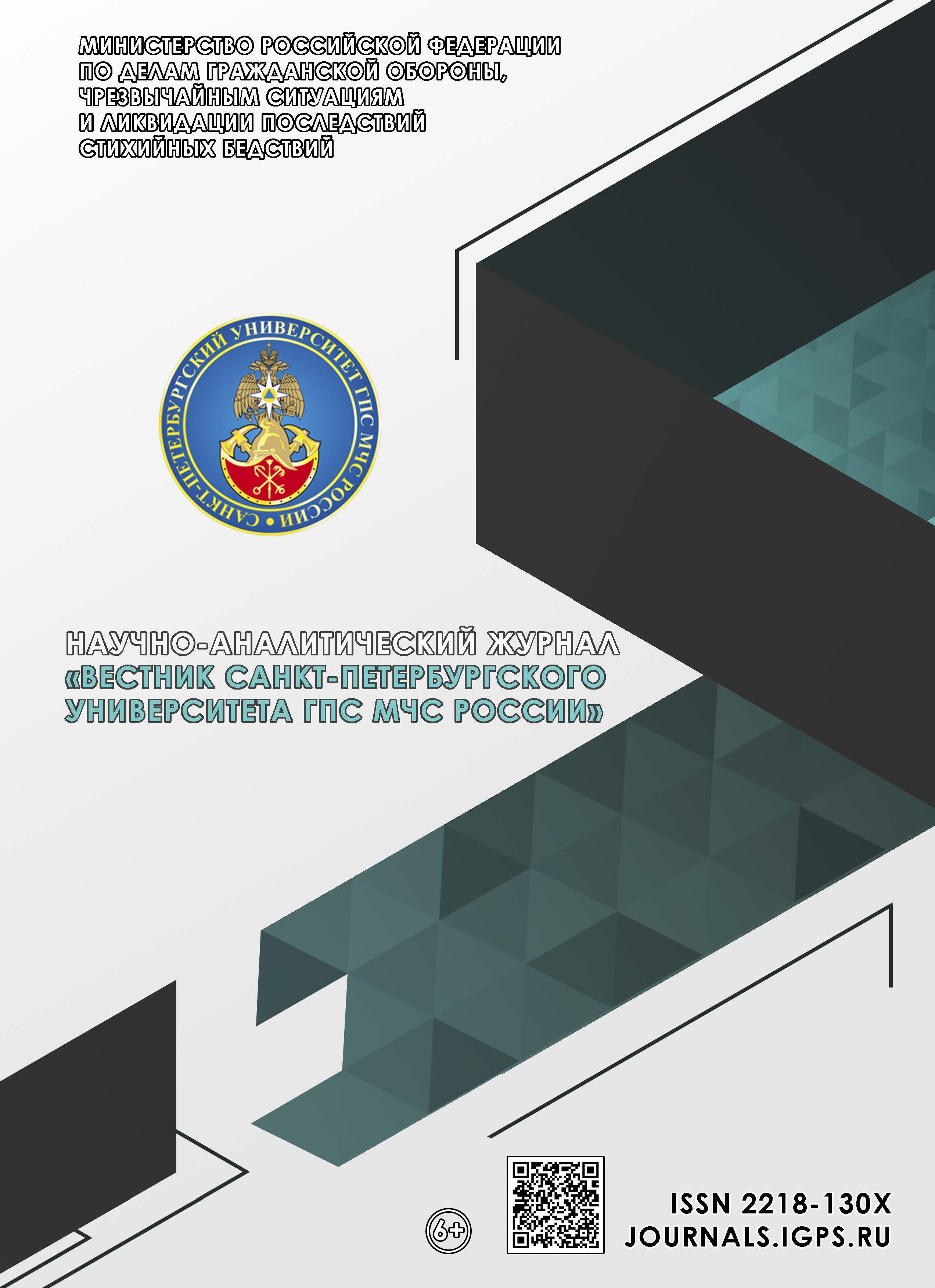Russian Federation
Russian Federation
The Windows operating system is the most popular software platform for building information systems of various sizes: from «desktop» to corporate. This Microsoft product has a familiar and intuitive user interface and runs on a wide range of hardware, allowing users to choose from different brands and configurations of computers. Many users and technicians have long been familiar with Windows and are able to master new versions. However, in light of the new realities, the use of the Windows operating system as a platform for the information systems of Russian organizations or enterprises is not only considered irrational, but is even technically impossible. A prompt search for an alternative solution and the transition (migration) of information systems to another platform is necessary. An obvious alternative for the transition from the Windows operating system is Linux, as the only truly competitive operating system that meets all established criteria and has in its multitude of freely distributed distributions. This paper gives an analytical overview of the most popular Linux distributions suitable for building a fault-tolerant cluster; its properties necessary for further secure, independent and uninterrupted operation are set out. One of the «polar» ways of migration was chosen – development of the author's tool to automate the solution of its subtasks. The result of the work is aash-script, which companies can use to select and justify the Linux distribution and further operational deployment (automated configuration of the central server and workstations) of their infrastructure on it. It is shown to be quite efficient through estimation of migration time costs.
migration, free software, distribution, Bash-script, fault-tolerant cluster
1. O merah po obespecheniyu tekhnologicheskoj nezavisimosti i bezopasnosti kriticheskoj informacionnoj infrastruktury Rossijskoj Federacii: Ukaz Prezidenta Ros. Federacii ot 30 marta 2022 g. № 166. Dostup iz sprav.-pravovogo portala «Garant».
2. Wale Soyinka. Linux Administration:A Beginner’s Guide // Fifth Edition. McGraw-Hill Education. 2008. URL: https://translated.turbopages.org/proxy_u/en-ru.ru.b67791fd-648c2235-0f8c2f16-74722d776562/https/www.overdrive.com/media/199510/linux-administration/ (data obrashcheniya: 13.03.2023).
3. Spravochnoe rukovodstvo po Bash. URL: https://www.gnu.org/software/bash/manual/bash.html (data obrashcheniya: 27.03.2023).
4. Iskusstvo programmirovaniya na yazyke scenariev komandnoj obolochki. URL: https://www.opennet.ru/docs/RUS/bash_scripting_guide/ (data obrashcheniya: 13.03.2023).
5. Flenov M.E. Linux glazami hakera: ucheb. posobie. 5-e izd., ispr. i dop. SPb.: BHV-Peterburg, 2019. 418 s.
6. Pol Tronkon, Karl Olbing. Bash i kiberbezopasnost': ataka, zashchita i analiz iz komandnoj stroki Linux. SPb.: Piter, 2020. 288 s.
7. Richard Blum, ChristineBresnahan. Linux® Command Line and Shell Scripting BIBLE. 4th Edition. Wiley. Indianapolis, Indiana, 2021. 982 p. URL:https://yandex.ru/search/?text=Richard+Blum+Linux+Command+Line+and+Shell+Scripting+Bible&lr=2 (data obrashcheniya: 01.05.2023).
8. Uchebnye posobiya po Ubuntu Server. URL: https://ubuntu.com/server/docs/tutorials (data obrashcheniya: 01.05.2023).
9. Rukovodstvo po napisaniyu skriptov v Linux Bash. URL: https://selectel.ru/blog/tutorials/linux-bash-scripting-guide/?ysclid=li2by5sktw73474995 (data obrashcheniya: 13.04.2023).





